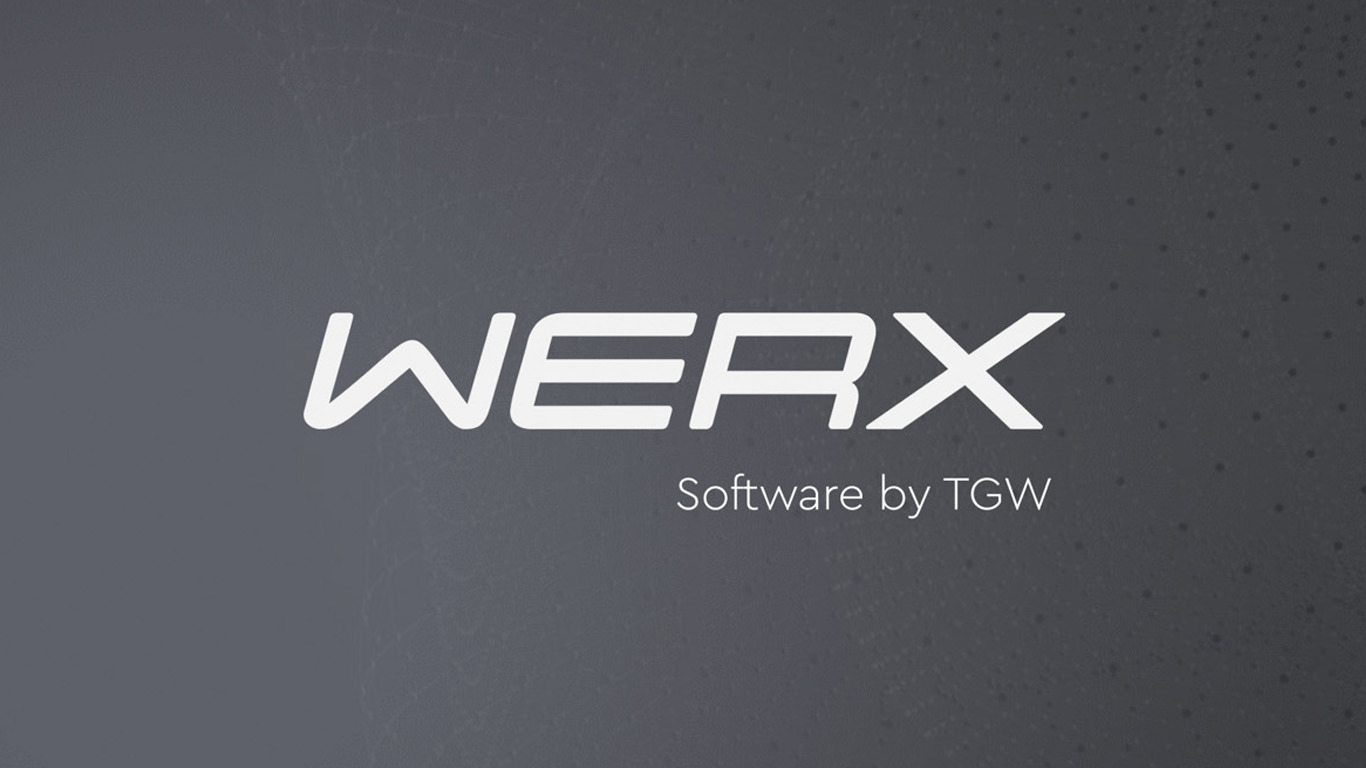Recommended action SAP EWM integration
The successful implementation of SAP Extended Warehouse Management (SAP EWM) in a company requires careful planning, implementation and monitoring of the project. Here are some tried and tested steps and recommendations on how to best implement SAP EWM in your company.


SAP EWM Integration
REQUIREMENT ANALYSIS & GOAL SETTING Start with an in-depth analysis of your current warehouse and logistics processes to find out if SAP EWM is the right solution for your company. Choose the correct specialists who understand the overall process in the company and the warehouse. Define clear goals for the implementation, e.g. improving warehouse efficiency, reducing warehouse costs or increasing inventory accuracy.
IMPLEMENTATION PARTNER SELECTION Select an experienced SAP implementation partner or consultant who has comprehensive knowledge of SAP EWM and understands our specific requirements.
PROJECT PLANNING & MANAGEMENT Create a detailed project plan that defines the milestones, responsibilities and timeline for implementation. Appoint an effective project management team to oversee the project and ensure that it stays on time and on budget.
REQUIREMENT DEFINITION & CONFIGURATION Collaborate closely with your implementation partner to define your company's specific requirements and configure SAP EWM accordingly.
REQUIREMENT DEFINITION & CONFIGURATION Collaborate closely with your implementation partner to define your company's specific requirements and configure SAP EWM accordingly. Customise the software for your individual business processes to ensure that it can be integrated seamlessly.
TRAINING Make sure that your employees have the necessary training and training materials to use SAP EWM effectively. The training should cover all relevant user groups, including warehouse workers, logistics managers and IT staff.
TEST PHASE Carry out extensive tests to ensure that SAP EWM runs smoothly and meets your requirements.
Identify and solve all problems that arise before the system goes live.
DATA MIGRATION Carefully plan the data migration to ensure that all relevant data is transferred from your old system to SAP EWM.
IMPLEMENTATION & MONITORING Gradually put SAP EWM into live operation and monitor performance and achievement of goals.
Carry out regular checks to ensure that the system is used optimally and make adjustments if necessary.
CONTINUOUS IMPROVEMENT Use the analysis and reporting functions of SAP EWM to gain insights into your warehouse and logistics processes and make continuous improvements.
SUPPORT & MAINTENANCE Make sure that you have access to a reliable support team to solve any problems quickly and perform updates.
Keep the system up to date to ensure that it meets changing business requirements. The implementation of SAP EWM requires thorough planning, resource allocation and commitment at all levels of the company. With the right approach and an experienced implementation partner like TGW, SAP EWM can help you to optimise your warehouse and logistics processes and increase your competitiveness.







